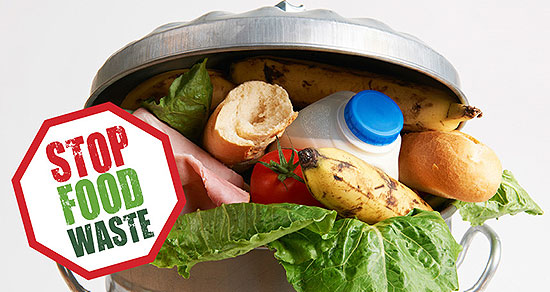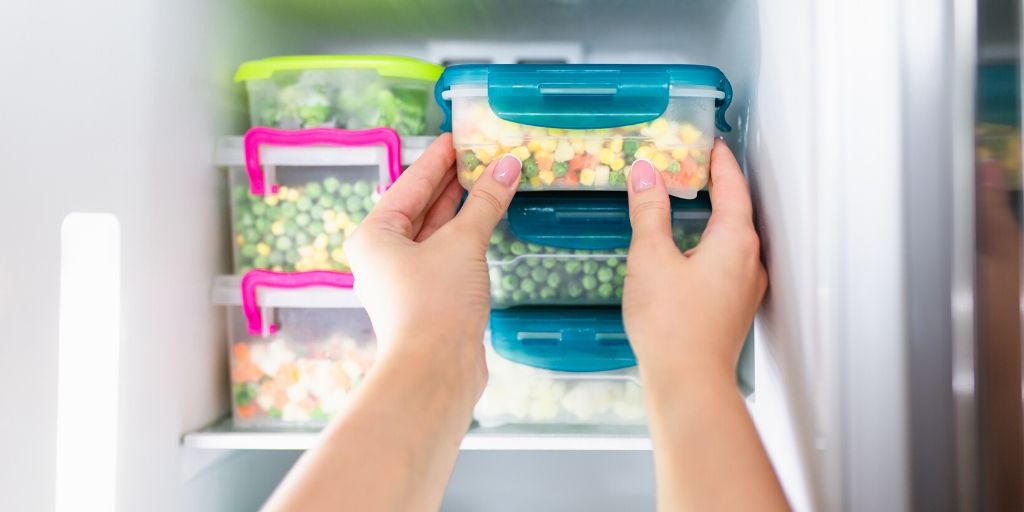Amidst the persistent struggle for food security globally, the sobering reality of a substantial fraction of our nourishment squandered highlights an unfortunate truth. The surplus sustenance not only burdens our already stretched resources but also fuels the deterioration of our ecosystem. Yet, amidst this, a glimmer of hope shines — the potential for transformation resides within every individual. Through the embrace of uncomplicated yet impactful habits, the bane of food wastage can be diminished, ushering in an era of prospects for an Earth that endures. To embark on this journey, here lie seven effortlessly executable avenues.

Smart Shopping
The first step in reducing food waste begins at the grocery store. Plan your meals and create a shopping list to avoid buying items you don’t need. Stick to the list and resist the urge to purchase in excess. Opt for loose produce instead of pre-packaged items to buy only what you require. By being mindful of your purchases, you’ll reduce the likelihood of items going bad before you can consume them.
Proper Storage
Improper storage is a major culprit behind food spoilage. Learn about the ideal storage conditions for different types of foods. Keep fruits and vegetables in the designated compartments of your refrigerator, store grains and dry goods in airtight containers, and ensure that your pantry is organized to prevent items from being forgotten and expiring.

First In, First Out (FIFO)
When unpacking groceries or cooking, remember the FIFO principle. Place older products at the front of the shelf or fridge and put new items at the back. This practice ensures that you use up the older items before they go bad, minimizing waste.

Creative Meal Planning
Meal planning doesn’t just save time – it also helps in reducing food waste. Design your meals around the ingredients you already have at home that need to be used up. Leftover vegetables can be transformed into hearty soups or omelets, while overripe fruits are perfect for smoothies or homemade jams.

Appropriate Portions
Serve yourself and your family with appropriate portion sizes to avoid food being left uneaten on plates. You can always go for seconds if needed. It’s better to have a little extra than to have too much leftover.

Revive Leftovers
Leftovers often get a bad reputation, but they can be incredibly versatile. Get creative in the kitchen by turning yesterday’s dinner into today’s exciting lunch. Combine various leftovers to create a new dish, or freeze them for future meals when you’re short on time.
Composting
Despite your best efforts, there will still be some unavoidable food waste, like vegetable peels and coffee grounds. Instead of sending them to the landfill, start composting. Composting not only reduces the amount of waste you produce but also provides nutrient-rich soil for your garden.
Conclusion
Like drops of consciousness in a vast ocean of choices, our individual actions ripple through time, merging into a tide of change that carries the promise of a greener future, where reducing food waste becomes the legacy we gift to generations yet to come. Remember, every small effort counts, and together, we can move towards a world where no food goes to waste.
Read More:- Mastering Blood Pressure Monitoring at Home: Essential Steps for Accurate Readings
Read More:- Unveiling the Eris Variant: Emerging Symptoms of the New Covid Strain
